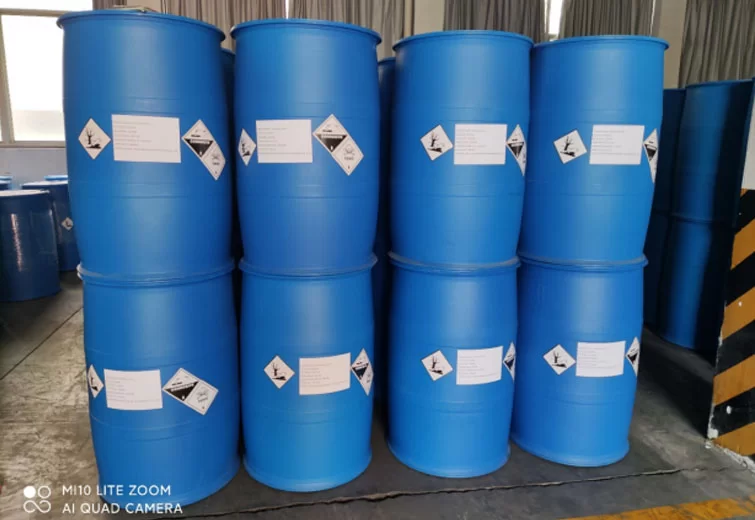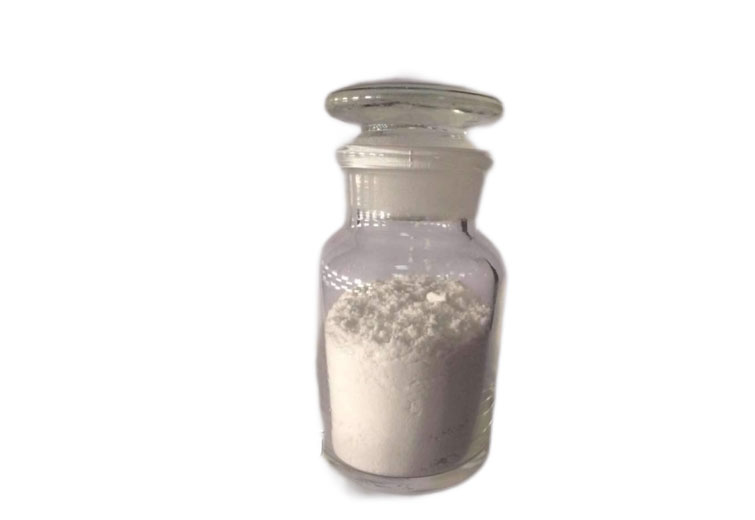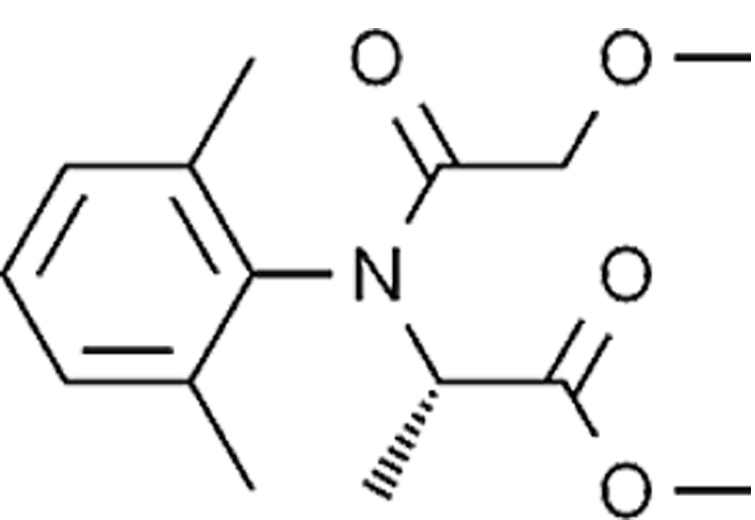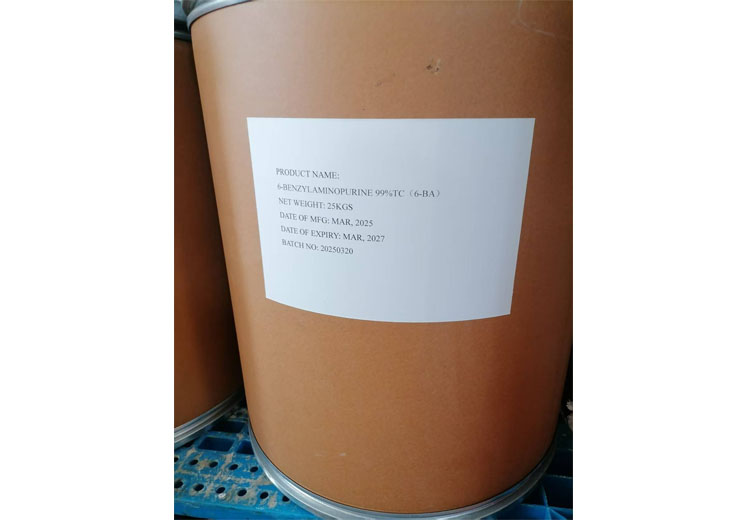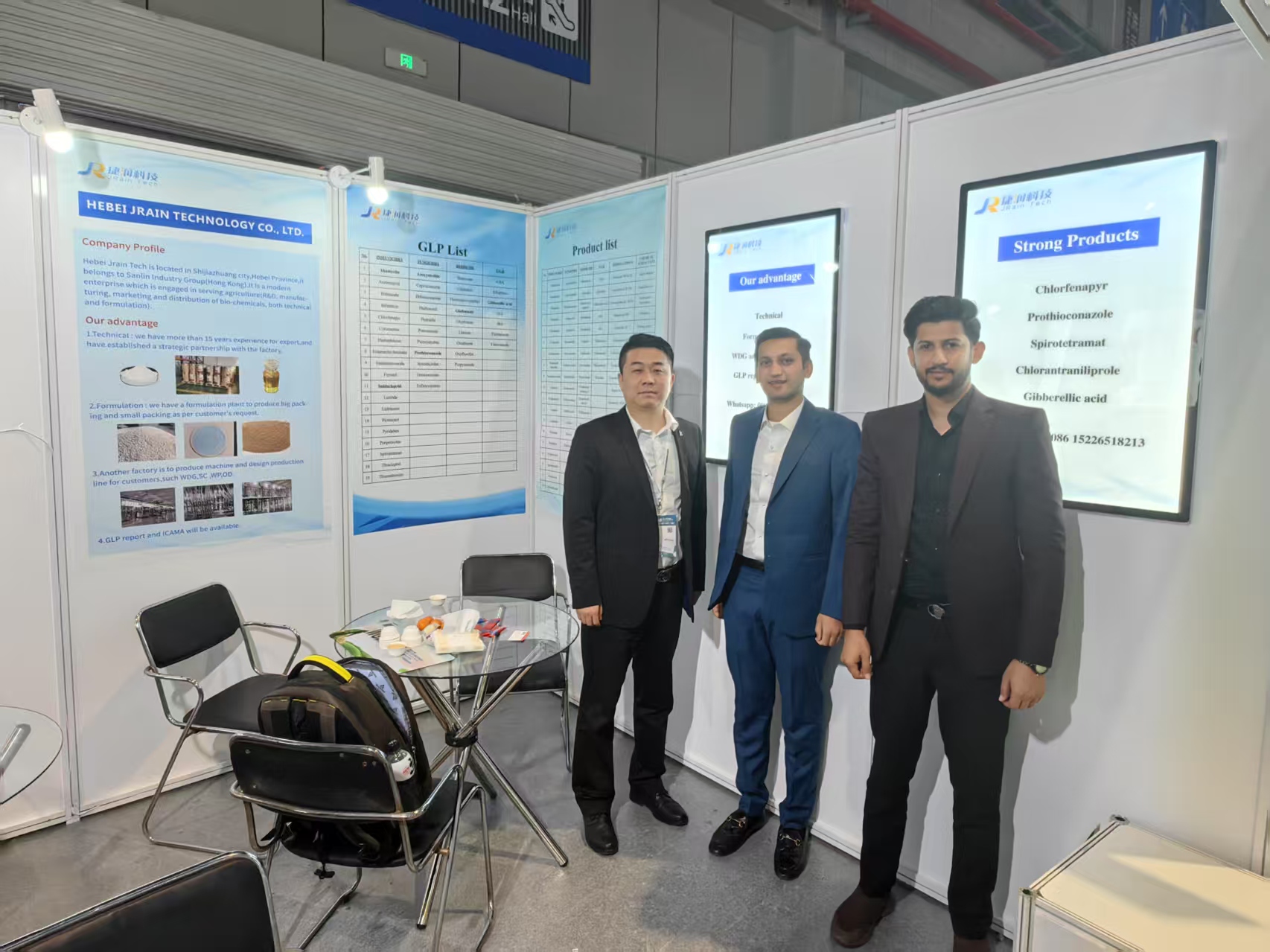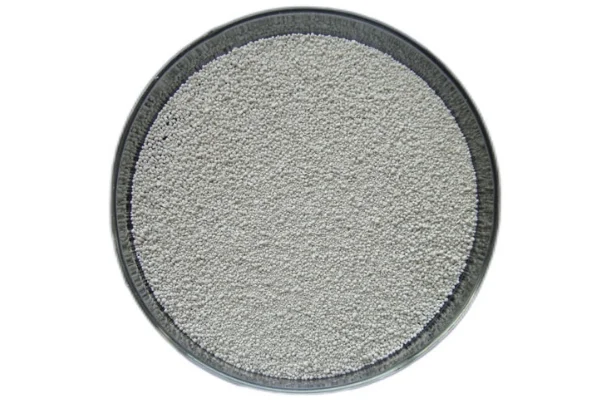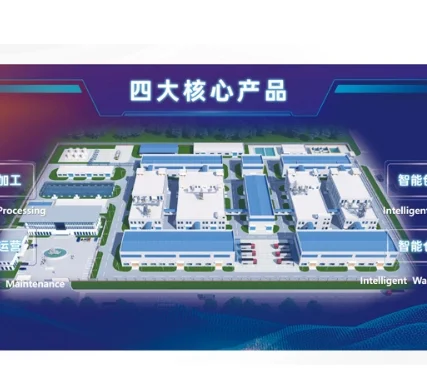Introduction to Cyromazine: A Targeted Approach to Pest Control
In the vast and complex landscape of pest management, the need for precise, effective, and environmentally conscious solutions has never been more critical. Among the arsenal of modern insecticides, cyromazine stands out as a highly specialized insect growth regulator (IGR) that offers a compelling answer to the pervasive challenge posed by dipteran pests. This compound, derived from the triazine family, operates not by neurotoxic action, but by disrupting the molting process in insect larvae, specifically targeting chitin synthesis. Its selective mode of action makes it an invaluable tool for controlling nuisance and disease-carrying flies, particularly in environments where traditional broad-spectrum insecticides might pose risks to non-target organisms or lead to rapid resistance development. From poultry houses and dairy farms to mushroom cultivation and public health initiatives, cyromazine has carved a niche as a cornerstone in integrated pest management (IPM) strategies, proving its efficacy and strategic importance in safeguarding animal welfare, agricultural productivity, and human health. Understanding its mechanisms, applications, and market dynamics is paramount for stakeholders seeking sustainable pest control outcomes.
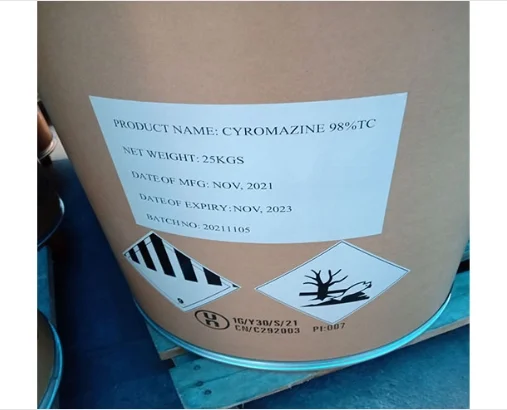
The Economic Imperative: Addressing Pest Infestation with Precision
The economic ramifications of uncontrolled pest populations, especially dipterans like house flies (Musca domestica) and stable flies (Stomoxys calcitrans), are staggering. In livestock operations alone, these pests are not just an annoyance; they directly impact animal health, productivity, and profitability. Studies have estimated that annual losses attributed to flies in the U.S. cattle industry alone can exceed $2.2 billion, manifesting as reduced feed conversion efficiency, decreased milk production in dairy cows, lower weight gains in beef cattle, and increased stress, leading to a compromised immune response and higher susceptibility to disease. For instance, severe fly infestations can reduce milk yields by as much as 10-20% in dairy herds. In poultry, flies contribute to stress, can transmit pathogens like Salmonella, and significantly detract from egg production and broiler weight, leading to substantial financial setbacks for producers. Furthermore, the presence of flies in human environments, such as food processing plants or public spaces, raises serious public health concerns, driving the need for robust control measures. Cyromazine emerges as a strategic intervention, offering a targeted solution that mitigates these economic burdens by breaking the life cycle of these persistent pests at their most vulnerable stage, thereby protecting investments and ensuring operational continuity.
Unpacking the Science: Technical Superiority of Cyromazine
Cyromazine’s technical advantages stem primarily from its unique mode of action. Unlike neurotoxic insecticides that target the insect nervous system, cyromazine functions as a chitin synthesis inhibitor. Chitin is a crucial structural component of the insect exoskeleton, and its proper formation is essential for successful molting, the process by which insects grow. When dipteran larvae ingest or absorb cyromazine, the compound interferes with the deposition of chitin in the cuticle, leading to a malformed exoskeleton that cannot withstand the pressures of molting. This results in the death of the larva during or shortly after the molting attempt. This highly specific mechanism confers several key benefits:
· High Selectivity: It primarily affects insects that rely on chitin for their development, particularly dipterans, and has minimal impact on mammals, birds, and beneficial insects like bees, which do not synthesize chitin in the same manner. This selectivity makes it safer for use in sensitive environments.
· Low Mammalian Toxicity: Cyromazine exhibits very low acute and chronic toxicity to mammals, with an oral LD50 typically ranging from 3,387 mg/kg to 4,000 mg/kg in rats, classifying it as practically non-toxic. This enhances safety for workers and animals in treated areas.
· Environmental Profile: It has a favorable environmental degradation profile, breaking down relatively quickly in soil and water, minimizing persistence and potential for long-term accumulation.
· Resistance Management: As an IGR with a distinct mode of action, cyromazine can be integrated into resistance management programs, often rotated or tank-mixed with insecticides from different chemical classes to prevent or delay the development of resistance in target pest populations.
· Residual Efficacy: When applied correctly, cyromazine provides sustained control, effectively interrupting multiple generations of flies over an extended period, which reduces the frequency of application.
These attributes collectively underscore cyromazine’s position as a technologically advanced and responsible choice in modern pest control.
Navigating the Market: A Comparative Analysis of Cyromazine Suppliers
The global market for cyromazine features several manufacturers and formulators, each offering products with varying specifications, purities, and support services. While the active ingredient itself is standardized, differences in manufacturing processes, formulation inert ingredients, and quality control can significantly impact product performance, stability, and end-user experience. Evaluating suppliers requires a comprehensive look beyond just price per kilogram, considering factors such as active ingredient purity, formulation type, packaging options, and crucially, regulatory compliance and certifications. A robust supplier ensures not only a high-quality product but also consistent supply, technical support, and adherence to international standards. For instance, some manufacturers might specialize in granular forms for feed-through applications, while others focus on wettable powders or soluble concentrates for surface sprays. The table below illustrates a hypothetical comparison, highlighting key differentiators that buyers should consider when sourcing cyromazine:
Feature | Supplier A (Established Global) | Supplier B (Emerging Regional) | Supplier C (Specialized Formulator) |
Active Ingredient Purity (Min.) | 99.5% | 98.0% | 99.0% |
Key Formulations Offered | WP (75%), SC (10%), GR (1%) | WP (50%), GR (0.5%) | SC (5%), WP (90% high conc.) |
Typical Packaging | 25kg drums, 1kg pouches | 10kg bags, 500g sachets | 5L jugs, 200g water-soluble bags |
Regulatory Certifications | ISO 9001, GLP, EPA-registered | Local regulatory compliance | ISO 14001, specific organic certs for certain uses |
Technical Support | Extensive, R&D focused | Basic, product-specific | Application-focused, formulation expertise |
Price Competitiveness | Moderate to High (Premium) | High (Budget-friendly) | Moderate (Value-added) |
Supply Chain Reliability | Global, robust | Regional, can be variable | Specialized, often project-based |
This comparison underscores the importance of aligning supplier capabilities with specific operational requirements and strategic objectives.
Tailored Solutions: Customizing Cyromazine for Diverse Needs
The versatility of cyromazine extends beyond its inherent insecticidal properties; it also lies in the ability of manufacturers and formulators to offer customized solutions that meet the precise demands of various applications and end-users. This customization can manifest in several key areas:
· Concentration Variations: While standard formulations exist, specialized applications might require higher or lower concentrations of the active ingredient to optimize dosage, cost-effectiveness, or ease of application. For example, a feed-through additive might require a very low concentration for precise dosing, while a premise spray might need a higher strength for residual efficacy.
· Formulation Types: Cyromazine is available in various forms, including wettable powders (WP), soluble concentrates (SC), granular formulations (GR), and more. Customization can involve developing specific micro-encapsulated formulations for extended release, or water-dispersible granules (WDG) that offer better handling and reduced dust.
· Packaging Solutions: From bulk drums for large agricultural operations to small, pre-measured sachets for individual farmers or household use, packaging can be tailored to logistical needs, application convenience, and market segment. This also includes specialized packaging for enhanced shelf life or protection against environmental factors.
· Adjuvant Blending: For enhanced efficacy, particularly in spray applications, cyromazine can be formulated with specific adjuvants such as spreading agents, sticking agents, or UV protectants. These additives can improve coverage, reduce wash-off, and extend the residual activity of the product under field conditions.
· Combination Products: In some instances, cyromazine can be co-formulated with other active ingredients, such as adulticides, to provide a dual-action approach—targeting both adult flies and their larvae for more rapid and comprehensive control. This strategy is particularly useful in situations requiring immediate knock-down alongside long-term larval control.
· Regional Adaptations: Custom solutions often consider local climate conditions, specific pest pressures, and regulatory requirements. A formulation optimized for arid environments might differ significantly from one designed for humid tropical regions.
Engaging with a supplier that possesses strong R&D capabilities and a flexible manufacturing process allows clients to develop bespoke cyromazine products that deliver maximum impact and value.
Real-World Impact: Diverse Applications and Success Stories
The practical utility of cyromazine is best illustrated through its widespread and successful application across multiple sectors:
· Poultry Industry: In commercial poultry farms, fly control is critical for hygiene, disease prevention, and bird welfare. Cyromazine is widely used as a feed-through additive, where it passes through the digestive system of the birds and is excreted in the manure. Larvae feeding on this treated manure are unable to develop, effectively breaking the fly life cycle at its source. This preventative approach significantly reduces fly populations without direct spraying of the birds or their eggs. Numerous case studies demonstrate substantial reductions in fly nuisance and pathogen transmission after consistent cyromazine use.
· Dairy and Livestock Operations: Similar to poultry, large-scale dairy farms and feedlots battle immense fly pressure. Cyromazine-treated feed or premise sprays targeting manure accumulation areas have proven highly effective. For example, a dairy farm in the Midwest reported a 70% reduction in stable fly populations within two weeks of initiating a cyromazine feed-through program, leading to a measurable increase in milk production due to reduced animal stress.
· Mushroom Cultivation: Fungus gnats and phorid flies are significant pests in mushroom houses, where their larvae feed on mycelium and sporophores. The controlled environment of mushroom farms makes them ideal for targeted IGR application. Cyromazine, applied to growing media or as a drench, effectively controls these larval pests without harming the delicate mushroom crop, preserving yield and quality.
· Public Health: In some public health programs, particularly in areas grappling with fly-borne diseases, granular cyromazine formulations are applied to breeding sites like refuse heaps, garbage dumps, and sewage lagoons. Its environmental profile makes it a safer alternative in urban or semi-urban settings where human contact is possible. Its effectiveness in reducing vector populations contributes directly to mitigating disease transmission risks.
· Ornamental Horticulture: In greenhouses and nurseries, cyromazine is used to control sciarid flies and leaf miners, which can damage ornamental plants. Its selective action makes it suitable for use on valuable crops where broad-spectrum insecticides might cause phytotoxicity or harm beneficial insects used in biological control programs.
These diverse applications highlight cyromazine's adaptability and consistent performance in challenging pest control scenarios.
Sustaining Progress: The Enduring Value of Cyromazine in Modern Pest Management
As the challenges of pest management continue to evolve, driven by environmental concerns, regulatory pressures, and the constant threat of insecticide resistance, the importance of intelligently designed solutions like cyromazine only grows. Its precise mode of action, favorable toxicological profile, and demonstrated efficacy against persistent dipteran pests position it as a critical component in any sophisticated integrated pest management program. The future of cyromazine looks promising, with ongoing research focused on novel formulations, enhanced delivery systems, and strategic combinations with other active ingredients to further optimize its performance and expand its utility. As industries strive for more sustainable and responsible practices, the demand for targeted, less disruptive pest control agents will inevitably increase. Cyromazine, with its proven track record and inherent advantages, is well-equipped to meet this demand, ensuring continued protection of public health, animal welfare, and agricultural productivity for years to come. Its integration into global pest management strategies underscores a commitment to both effectiveness and environmental stewardship, solidifying its role as an indispensable tool in the fight against insect pests.
Frequently Asked Questions about Cyromazine
1. What is cyromazine and how does it work?
Cyromazine is an insect growth regulator (IGR) belonging to the triazine chemical class. It works by interfering with the molting process of insect larvae, specifically inhibiting the synthesis of chitin, a key component of the insect exoskeleton. This prevents larvae from developing properly and successfully molting, leading to their death.
2. What types of pests does cyromazine control?
Cyromazine is highly effective primarily against dipteran (fly) larvae, including common house flies (Musca domestica), stable flies (Stomoxys calcitrans), lesser house flies (Fannia canicularis), and certain types of fungus gnats and leaf miners.
3. Is cyromazine safe for use around animals and humans?
Yes, cyromazine exhibits very low toxicity to mammals, birds, and non-target organisms when used as directed. Its highly selective mode of action targets insect-specific biological processes, making it a safer option for pest control in environments with livestock, pets, and humans compared to broad-spectrum neurotoxic insecticides.
4. How is cyromazine typically applied?
Cyromazine can be applied in various ways depending on the target pest and environment. Common applications include feed-through additives for livestock (where it passes into manure to control larvae), premise sprays (wettable powders or soluble concentrates) for surfaces in animal housing, or granular applications in breeding sites.
5. Can insects develop resistance to cyromazine?
Like all insecticides, prolonged and exclusive use of cyromazine can lead to the development of resistance in pest populations. To mitigate this, it is recommended to integrate cyromazine into an Integrated Pest Management (IPM) program that includes rotation with insecticides having different modes of action, sanitation, and physical control methods.
6. What are the environmental benefits of using cyromazine?
Cyromazine has a favorable environmental profile due to its low toxicity to non-target organisms, relatively quick degradation in soil and water, and minimal persistence. Its targeted action reduces the overall chemical load in the environment and supports biodiversity when used responsibly.
7. How long does cyromazine remain effective after application?
The residual efficacy of cyromazine varies depending on the formulation, application method, and environmental conditions. As a feed-through, it continuously works as long as the animal consumes it. As a surface spray, it can provide sustained control for several weeks by interrupting multiple generations of flies.


